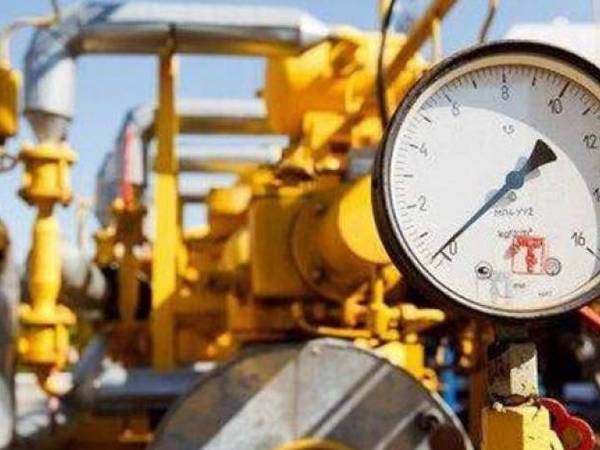As a significant winter gas shortage looms in Iran due to increased household usage, officials are once again highlighting the nation's substantial gas consumption.
A report from ISNA news agency on Friday revealed that Iran stands as the world's fourth-largest consumer of gas in the world, surpassing even Canada, recognized as an industrialized and cold climate country.
Iran annually produces approximately 260 billion cubic meters of gas, with 18 billion cubic meters allocated for export and the remainder consumed domestically. Notably, Iran also experiences losses of 25 billion cubic meters during the production and transportation stages.
In comparison, Iran's gas consumption is five times higher than Turkey's and double that of Canada's, due to lack of energy diversity. For instance, Turkey and Canada generate 35 times and 30 times more solar and wind energy than Iran, respectively.
Moreover, Turkey and Canada outpace Iran by producing nine times and 53 times more electricity from hydroelectric power plants. In essence, Iran's energy landscape lacks diversity, with 68% of the country's energy consumption relying on gas, while this figure is 26% for Turkey and 31% for Canada.
Natural Gas Wastage in Iran
According to World Bank and the International Energy Agency, Iran flares 18 billion cubic meters of gas annually (bcm/yr) due to lack of gas collection equipment in oil fields. Additionally, there is 7 bcm/yr gas leakage in transmission and distribution network.
In simpler terms, Iran's gas losses during production and transmission alone equal half of Turkey's total gas consumption.
Moreover, Iran supplies 70 bcm/yr of gas to power plants, nearly 1.5 times Turkey's total gas consumption. The efficiency of Iran's thermal power plants is 33%, and a significant portion of the received fuel is wasted during the conversion to electricity. Furthermore, 13% of the country's electricity, equivalent to 49 terawatt-hours, is lost during the transmission and distribution stages, equal to half of Iran's household electricity consumption. This is also due to lack of investments in new equipment and technology.
The efficiency situation in the industrial, petrochemical and commercial sectors, which collectively consume around 110 bcm/yr of gas, is no better than that of the country's power plants.
In recent years, Iranian authorities have blamed the public for electricity and gas shortages, emphasizing the need to increase energy carrier prices. This is despite the residential sector in Iran accounting for only 27% of the country's electricity consumption (equivalent to 100 terawatt-hours) and 25% of its gas consumption (60 bcm).
Severe Gas Shortages
Iran faces severe gas shortages during winters as household gas consumption naturally increases significantly. Last year, Iran experienced a daily shortage of 250 mcm of gas, and this year, the imbalance is expected to reach 300 mcm/d.
With 33 trillion cubic meters, Iran has the world's second-largest natural gas reserves and is the third-largest global gas producer. However, most of the gas produced goes to waste.
One of the reasons for the high gas losses is the very low energy prices in the country. The power, industrial, petrochemical, and even the household sectors do not have much incentive to increase efficiency, reduce energy consumption and save more energy. Oil, gas and electricity production and distribution is controlled by the state.
A 12-fold depreciation of the value of the rial over the past decade has made energy even cheaper compared to other countries. If the government had raised the prices of energy carriers in line with the depreciation of the rial, the country would have faced hyperinflation like Venezuela, and there would have been a significant risk of widespread public protests.
According to estimates by the International Energy Agency, Iran had gas subsidies of $45 billion in 2022. In other words, the difference between the country's consumer gas price and global prices in 2022 was about $45 billion.
Iran also had subsidies of $30 billion for electricity and $52 billion for petroleum products last year. Iran with $127 billion fossil fuel subsidies ranks the second after Russia in the world.
The figure accounts for 36% of the country's total gross domestic product in 2022.
